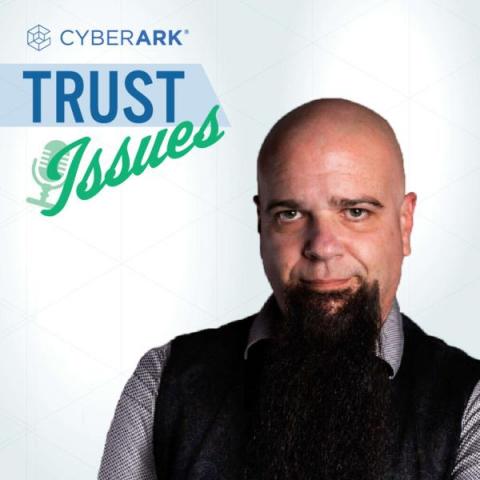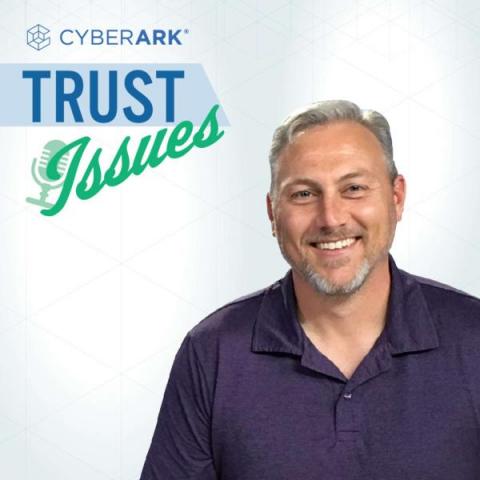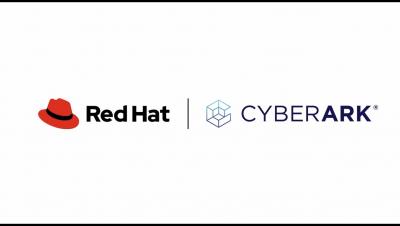EP 29 - Synthetic Identity: Unmasking a New AI-Fueled Cyber Threat
Scattered across the internet are jigsaw puzzle pieces containing your personal information. If reassembled by an attacker, these puzzle pieces could easily compromise your identity. Our returning guest today is Len Noe, CyberArk’s resident transhuman (a.k.a. cyborg), whose official titles these days are Technical Evangelist, White Hat Hacker and Biohacker.









